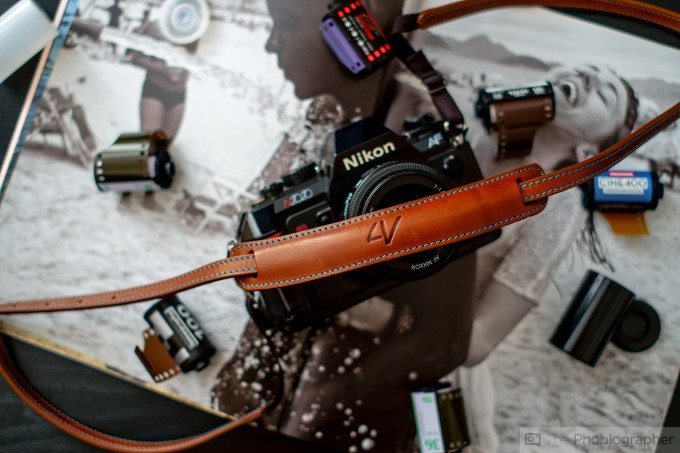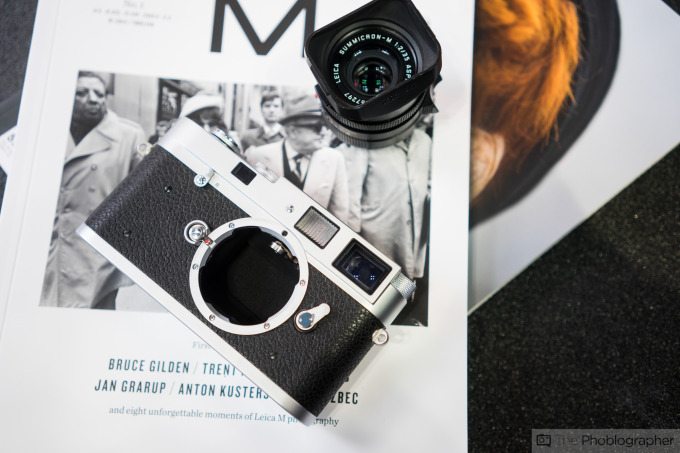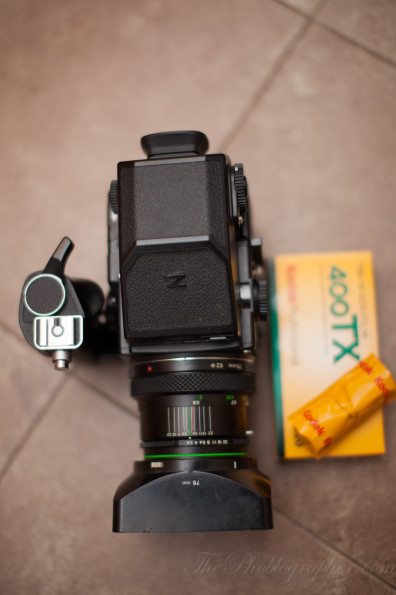In 2016, I’d like to think that film finally became a respected format again that lives as its own individual medium. For the most part, that’s true in the artistic end of the photography world–but there are still those that associate it with being hipster, inadequate, and in no way superior to digital. Those beliefs couldn’t be any further from the truth. It’s a tougher medium to master (along with all the other analog mediums): but in today’s day and age there isn’t a single photographer whose entire career (all the way to the end of it) has been founded on and fully digital.
Film, instead, just reminds us of the absolute truth of photography: there are abysmal digital photographers and there are abysmal film photographers. Then there are those who excel no matter what medium they choose.
Film, like digital, is a medium in which we can do photography and artistically share images. Digital, in all its convenience and immediacy, literally emphasized that–the immediacy of taking a photo, retaking, taking it again, and again, and again and again. On the other, the mindset behind film requires you to be incredibly more discerning. With 35mm, you’ve got only 24 to 36 images. With 120, you’ve got less than 35mm but the number varies on the format. With large format, you’ve got one shot. To get that one shot the absolute best you can, you’re going to work harder to ensure that not only is the exposure in line with what your creative vision wants, but also if other elements in the image are exactly what you want.
Now that doesn’t mean that you can’t shoot either medium the way you want and that digital photographers aren’t careful or that film photographers aren’t careless. Instead, it’s purely about your mentality, approach, and about how much you think you actually care about the image–which translates into intent.
The rest: they’re just a medium–but the way that they were designed lend themselves to a specific style of shooting over the other.
This is easily likened to other mediums: the Wacom tablet hasn’t replaced the paintbrush and canvas, synth hasn’t replaced the sound and feeling of dedicated musical instruments, and the stylus hasn’t replaced charcoal. It’s relative and makes sense then that film hasn’t been replaced by digital in the artistic sense but instead in the mainstream availability’s sense. A hand drawn piece of art can sometimes easily go for much more than one would charge for a digital piece. To that end though, it’s still just a choice of tools.
These tools though don’t make a person a hipster so to speak: what makes a person a hipster has to do with intent. If a person chooses that format, they often do it for the experience in the same way that one uses a Zeiss lens over an autofocus lens–the manual focus experience forces you to put a greater emphasis on what you’re doing, concentrate harder and pay attention to details that otherwise could easily be neglected with digital. Again though, it has to do with the process.
In 2016, I’d really hope that these irrelevant quibbles end not only in the photography world, but in the general sense of the public understanding. The two companies I think could do this more so than anyone else is Kodak and Fujifilm. Lomography, CineStill, and others have their own niche targeting the newer mindset of photographers, but when people think about film in general they think about Kodak, Fujifilm and Polaroid. Kodak has started it a bit with the new Super 8 camera; but I genuinely also believe that both Fujifilm and Polaroid could do a part in equalizing the industry and therefore putting of an emphasis on art and the creative vision rather than the industry’s current hold on pixels, high ISOs, and all things technical.




